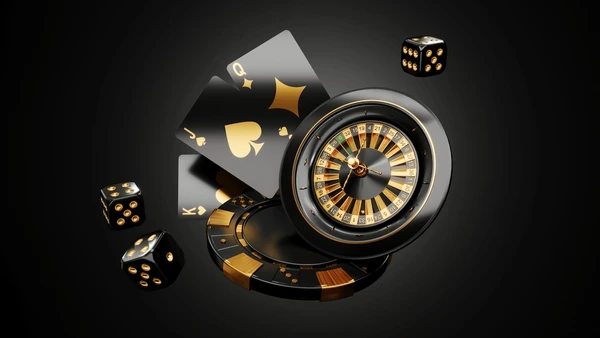
The world of gambling and the underworld of organized crime have shared a long and complex history, intertwining in a dance that spans decades. From the glamorous casinos of Las Vegas to the smoky backrooms of underground gambling dens, the connection between the gambling world and the mob world has been a recurring theme in both reality and fiction. In this article, we’ll delve into the intricate relationship between these two worlds, exploring the historical ties, notable figures, and the enduring impact on the landscape of gaming.
1. Prohibition Era and the Birth of Casinos:
The early 20th century, marked by Prohibition in the United States (1920-1933), created fertile ground for the intersection of gambling and organized crime. With the ban on alcohol, illicit enterprises sought alternative revenue streams, and many turned to gambling operations as a lucrative venture. The mob saw an opportunity to fill the void left by legal restrictions, establishing speakeasies that often included hidden gambling rooms.
2. Bugsy Siegel and the Birth of Las Vegas:
The connection between the mob and the gambling world reached new heights with the rise of Benjamin “Bugsy” Siegel. In the 1940s, Siegel envisioned transforming the desert oasis of Las Vegas into a thriving resort city. Backed by mob financing, he played a pivotal role in the development of the Flamingo Hotel and Casino, which became the prototype for the modern Las Vegas Strip. Siegel’s vision marked a turning point, solidifying the mob’s influence on the burgeoning casino industry.
3. The Rat Pack and Casino Culture:
In the 1950s and 1960s, the Rat Pack, led by figures like Frank Sinatra, Dean Martin, and Sammy Davis Jr., became synonymous with the glamour and excitement of Las Vegas. While the Rat Pack members were not directly involved in organized crime, their association with casino culture further blurred the lines between entertainment and the mob. The Rat Pack’s performances in iconic venues like the Sands Hotel contributed to the romanticized image of Las Vegas as a playground for both celebrities and the underworld.
4. Skimming and Control of Casinos:
One of the key ways the mob exerted influence over casinos was through a practice known as skimming. Skimming involved diverting a portion of a casino’s profits before they were officially recorded. The mob would install individuals with ties to organized crime as casino employees, allowing them to siphon off money without detection. This control over the financial aspects of casinos provided a significant source of revenue for organized crime families.
5. The Stardust Scandal:
The Stardust Hotel and Casino in Las Vegas became embroiled in a high-profile skimming scandal in the 1970s. Frank “Lefty” Rosenthal, a notorious figure associated with the Chicago Outfit, managed the Stardust. The skimming operation, orchestrated by Rosenthal and others, was eventually exposed, leading to legal repercussions. This event, dramatized in the film “Casino” (1995), highlighted the extent of mob involvement in the casino industry.
6. Decline of Mob Influence:
Over the years, increased law enforcement scrutiny and regulatory measures led to a decline in direct mob control over the casino industry. The Nevada Gaming Control Board, established in 1955, played a pivotal role in regulating and monitoring the activities of casinos, minimizing the influence of organized crime. While remnants of the mob’s historical involvement still linger, the modern casino industry operates under stricter regulations and oversight.
7. Fictional Portrayals:
The connection between the gambling world and the mob has been a recurring theme in popular culture. Films like “The Godfather” trilogy (1972-1990), “Goodfellas” (1990), and “Casino” (1995) have immortalized the symbiotic relationship between organized crime and the casino industry. These cinematic portrayals, while often dramatized for entertainment, capture the essence of the historical connection between the two worlds.
8. Contemporary Challenges:
While the overt influence of the mob on the casino industry has diminished, contemporary challenges persist. Money laundering, loan sharking, and other illicit activities continue to pose threats to the integrity of the gambling world. Casinos, cognizant of the historical pitfalls, invest heavily in security measures and cooperate with law enforcement to maintain a legitimate and regulated environment.
Conclusion:
The historical connection between the gambling world and the mob world is a complex tapestry woven with threads of ambition, glamour, and crime. From the early days of Prohibition-era speakeasies to the rise of iconic Las Vegas resorts, the relationship between organized crime and the casino industry has shaped both the narrative of American history and the cultural mythology surrounding gambling. While the days of blatant mob control have largely passed, the echoes of this intricate dance still resonate in the contemporary challenges faced by the gambling world. As casinos continue to evolve and adapt, the legacy of their tumultuous past remains an indelible part of their narrative.